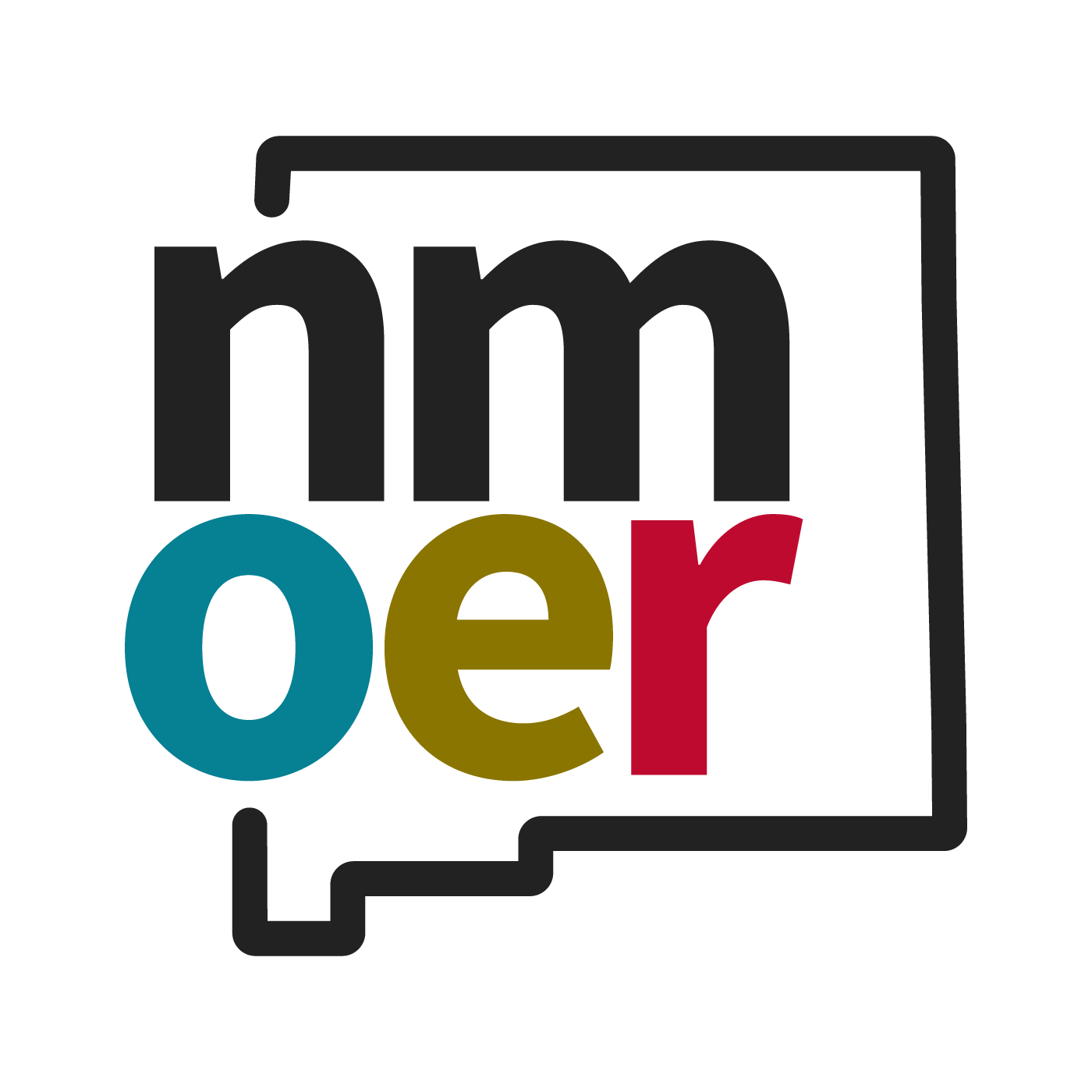Chapter 24: Power in Teams and Groups
Chapter Learning Objectives
- 24.1 Define different types of power and explain how they function within teams and groups. (SLO 1, 2, 4, 5)
- 24.2 Analyze the role of power dynamics in team interactions, decision-making, and conflict resolution. (SLO 1, 2, 4, 5)
- 24.3 Evaluate the impact of power imbalances on team performance, communication and morale. (SLO 1, 2, 4, 5)

Given the complexity of group interaction, it’s short-sighted to try to understand group communication without looking at notions of power. Power influences how we interpret the messages of others and determines the extent to which we feel we have the right to speak up and voice our concerns and opinions to others.
Power and status are keyways that people exercise influence within groups. In the storming phase of group development, members are likely to engage in more obvious power struggles, but power is constantly at work in our interactions within and outside our group whether we are fully conscious of it or not.
In this chapter, we will define power and discuss its relationship to systems of privilege and oppression and to status within groups. We will also discuss the bases and tactics of power that can operate in groups and teams, as well as the ethical use of power.
Defining Power
Take a moment to reflect on the different ways you think about power. What images come to mind for you when you think of power? Are there different kinds of power? Are some people inherently more powerful than others? Do you consider yourself to be a powerful person? We highlight three ways to understand power as it relates to group and team communication. The word “power” literally means “to be able” and has many implications.
If you associate power with control or dominance, this refers to the notion of power as power-over. This power is wielded from the workplace, in the schools, in the courts, in the doctor’s office. It may rule with weapons that are physical or by controlling the resources we need to live: money, food, medical care; or by controlling more subtle resources: information, approval, love.
When we are in group situations and someone dominates the conversation, makes all of the decisions, or controls the resources of the group such as money or equipment, this is power-over.
Power-from-within refers to a more personal sense of strength or agency. Power-from-within manifests itself when we can stand, walk, and speak “words that convey our needs and thoughts. Like it or not, we are team players. Power comes through cooperation, independence through service, and a greater self through selflessness. If you think about your role in groups, how have you influenced other group members? Your strategies indicate your sense of power-from-within.
Finally, groups manifest power-with, which is “the power of a strong individual in a group of equals, the power not to command, but to suggest and be listened to, to begin something and see it happen. For this to be effective in a group or team, at least two qualities must be present among members: (1) all group members must communicate respect and equality for one another, and (2) the leader must not abuse power-with and attempt to turn it into power-over.
Have you ever been involved in a group where people did not treat each other as equals or with respect? How did you feel about the group? What was the outcome? Could you have done anything to change that dynamic?
Bases of Power in Groups
Within groups, there are a number of different ways in which power can operate. French and Raven (1968) identified five primary ways in which power can be exerted in social situations, including in groups and teams. These are considered to be different bases of power.
Click on each heading to learn and see an example of bases of power in groups:
Referent Power
In some cases, person B looks up to or admires person A, and, as a result, B follows A largely because of A’s personal qualities, characteristics, or reputation. In this case, A can use referent power to influence B. Referent power has also been called charismatic power, because allegiance is based on interpersonal attraction of one individual for another. Examples of referent power can be seen in advertising, where companies use celebrities to recommend their products; it is hoped that the star appeal of the person will rub off on the products. In work environments, junior managers often emulate senior managers and assume unnecessarily subservient roles more because of personal admiration than because of respect for authority.

Expert Power
Expert power is demonstrated when person A gains power because A has knowledge or expertise relevant to B. For instance, professors presumably have power in the classroom because of their mastery of a particular subject matter. Other examples of expert power can be seen in staff specialists in organizations (e.g., accountants, labor relations managers, management consultants, and corporate attorneys). In each case, the individual has credibility in a particular—and narrow—area as a result of experience and expertise, and this gives the individual power in that domain.

Legitimate Power
Legitimate power exists when person B submits to person A because B feels that A has a right to exert power in a certain domain (Tjosvold, 1985). Legitimate power is really another name for authority. A supervisor has a right, for instance, to assign work. Legitimate power differs from reward and coercive power in that it depends on the official position a person holds, and not on his or her relationship with others.

Reward Power
Reward power exists when person A has power over person B because A controls rewards that B wants. These rewards can cover a wide array of possibilities, including pay raises, promotions, desirable job assignments, more responsibility, new equipment, and so forth. Research has indicated that reward power often leads to increased job performance as employees see a strong performance-reward contingency (Shetty, 1978). However, in many organizations, supervisors and managers really do not control very many rewards. For example, salary and promotion among most blue-collar workers is based on a labor contract, not a performance appraisal.

Coercive Power
Coercive power is based primarily on fear. Here, person A has power over person B because A can administer some form of punishment to B. Thus, this kind of power is also referred to as punishment power. As Kipnis (1976) points out, coercive power does not have to rest on the threat of violence. Examples of coercive power in organizations include the ability (actual or implied) to fire or demote people, transfer them to undesirable jobs or locations, or strip them of valued perquisites.

Uses of Power
As we look at our groups and teams as well as our organizations, it is easy to see manifestations of power almost anywhere. In fact, there are a wide variety of power-based methods used to influence others. Here, we will examine two aspects of the use of power: commonly used power tactics and the ethical use of power.
Many power tactics are available for use. However, as we will see, some are more ethical than others. Here, we look at some of the more commonly used power tactics found in both business and public organizations (Pfeffer, 2011) that also have relevance for groups.
Click on each of the headings below to look at commonly used power tactics:
Ethical Use of Power
Several guidelines for the ethical use of power can be identified. Several techniques are available that accomplish their aims without compromising ethical standards. For example, a person using reward power can verify compliance with work directives, ensure that all requests are both feasible and reasonable, make only ethical or proper requests, offer rewards that are valued, and ensure that all rewards for good performance are credible and reasonably attainable.
Watch this video from Harbard Business Review: “Power: What it is, how to get it, and what to do with it” for a business review of social power in a work environment:
Video: Power: What It Is, How to Get It, and What to Do with it
Even coercive power can be used without jeopardizing personal integrity. For example, a manager can make sure that all employees know the rules and penalties for rule infractions, provide warnings before punishing, administer punishments fairly and uniformly, and so forth. The point here is that people have at their disposal numerous tactics that they can employ without abusing their power.
Conclusion
Power within teams and groups is a dynamic force that can either strengthen collaboration or create tension, depending on how it is understood and applied.
When used constructively, power can inspire leadership, promote accountability, and empower others to contribute meaningfully. By fostering shared leadership and encouraging open communication, teams can balance power dynamics and create an environment where every member feels valued and capable of making an impact.
How to cite this chapter:
Piercy, C. (2021). Chapter 24: Power in Teams and Groups. In Pouska, B. (Ed.), Business Professionalism. New Mexico Open Educational Resources Consortium Pressbooks. https://nmoer.pressbooks.pub/businessprofessionalism/
Licenses and Attributions
References
Beebe, S. A., & Masterson, J. T. (2015). Communicating in small groups: Principles and practices (11th ed.). Pearson.
Borman, E. G. (1989). Discussion and group methods: Theory and practice (3rd ed.). Harper & Row.
Brilhart, J. K., & Galanes, G. J. (1997). Effective group discussion. Brown.
French, J., & Raven, B. (1968). The bases of social power. In D. Cartwright & A. Zander (Eds.), Group dynamics. Harper & Row.
Harvard Business Review. (2024). Power: What it is, how to get it, and what to do with it [Video]. YouTube. (Licensed under Standard YouTube License – All Rights Reserved.)
Heider, J. (2005). The Tao of leadership: Lao Tzu’s Tao Te Ching adapted for a new age (1st ed.). Green Dragon.
Homans, G. C. (1992). The human group. Harcourt Brace & World.
Kipnis, D. (1976). The powerholders. University of Chicago Press.
Leaven Center. (2003). Doing our own work: A seminar for anti-racist white women. Visions, Inc. and MSU Extension Multicultural Awareness Workshop.
Mitchell, T. R., & Larson, J. (1988). People in organizations. McGraw-Hill.
Shetty, Y. (1978). Managerial power and organizational effectiveness: A contingency analysis. Journal of Management Studies, 15, 178–181.
Starhawk. (1987). Truth or dare: Encounters with power, authority, and mystery. Harper.
Thai, N. D., & Lien, A. (2019). Respect for diversity. In L. A. Jason, O. Glantsman, J. F. O’Brien, & K. N. Ramian (Eds.), Introduction to community psychology: Becoming an agent of change. https://press.rebus.community/introductiontocommunitypsychology/chapter/respect-for-diversity/
Tjosvold, D. (1985). Power and social context in the superior-subordinate interaction. Organizational Behavior and Human Decision Processes, 281–293.
Yukl, G. A. (2013). Leadership in organizations (8th ed.). Pearson.
Authors & Attribution
This remix comes from Dr. Jasmine Linabary at Emporia State University. This chapter is also available in her book Small Group Communication: Forming and Sustaining Teams.
The introduction and the section “Defining Power” are adapted from Chapter 10 “Groups Communication” in Survey of Communication Study by Laura K. Hawn and Scott T. Paynton. This content is available under a Creative Commons Attribution-ShareAlike License (CC BY-SA 4.0).
The section “Relationship Between Power and Status” is adapted from Status in An Introduction to Group Communication. This content is available under a Creative Commons Attribution-NonCommercial-ShareAlike 3.0 Unported (CC BY-NC-SA 3.0) license without attribution as requested by the original creator or licensor.
The sections “Bases of Power” and “Uses of Power” are adapted from Organizational Power and Politics by Black, J. S., & Bright, D. S. (2019). Organizational Behavior. OpenStax. https://openstax.org/books/organizational-behavior/ (Licensed under CC BY 4.0.)
The section “Understanding Power and Oppression” is adapted from Palmer, G. L., Fernández, J. S., Lee, G., Masud, H., Hilson, S., Tang, C., Thomas, D., Clark, L., Guzman, B., & Bernal, I. Oppression and power. In L. A. Jason, O. Glantsman, J. F. O’Brien, & K. N. Ramian (Eds.), Introduction to Community Psychology. Pressbooks. https://press.rebus.community/introductiontocommunitypsychology/ (Licensed under CC BY 4.0 International License.)
Original Chapter Source
Original chapter source: Adapted from Problem Solving in Teams and Groups by Cameron W. Piercy, PhD.

